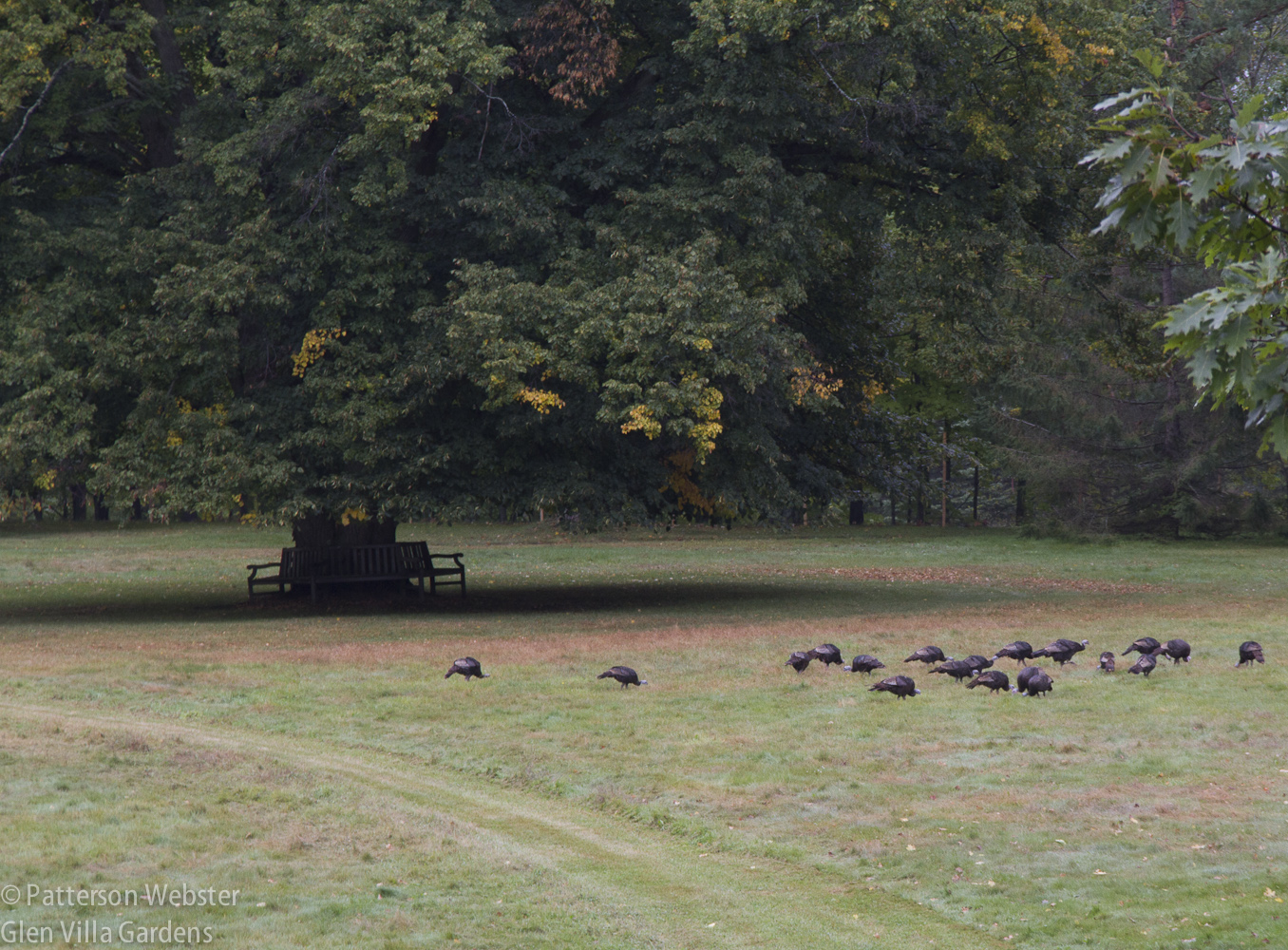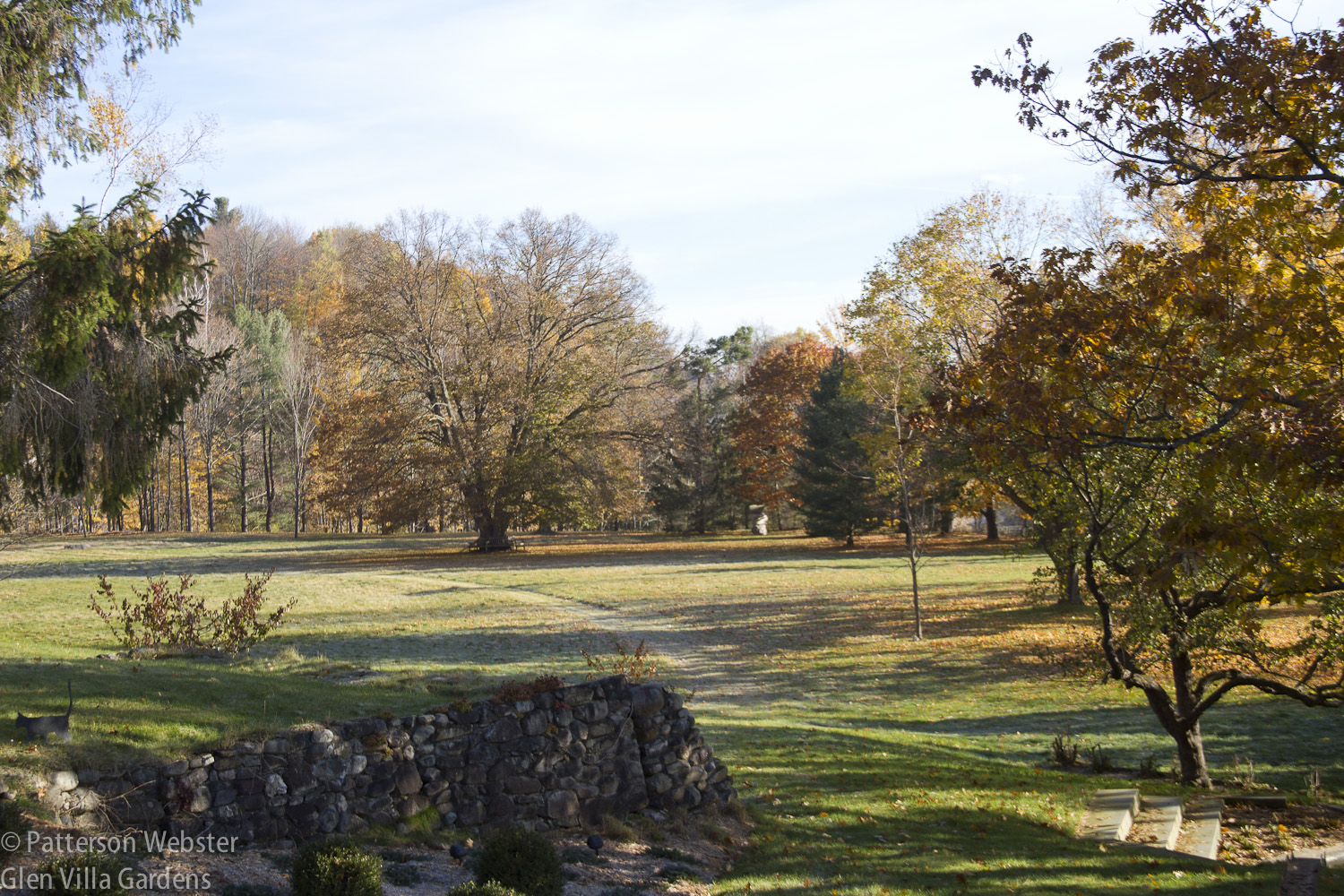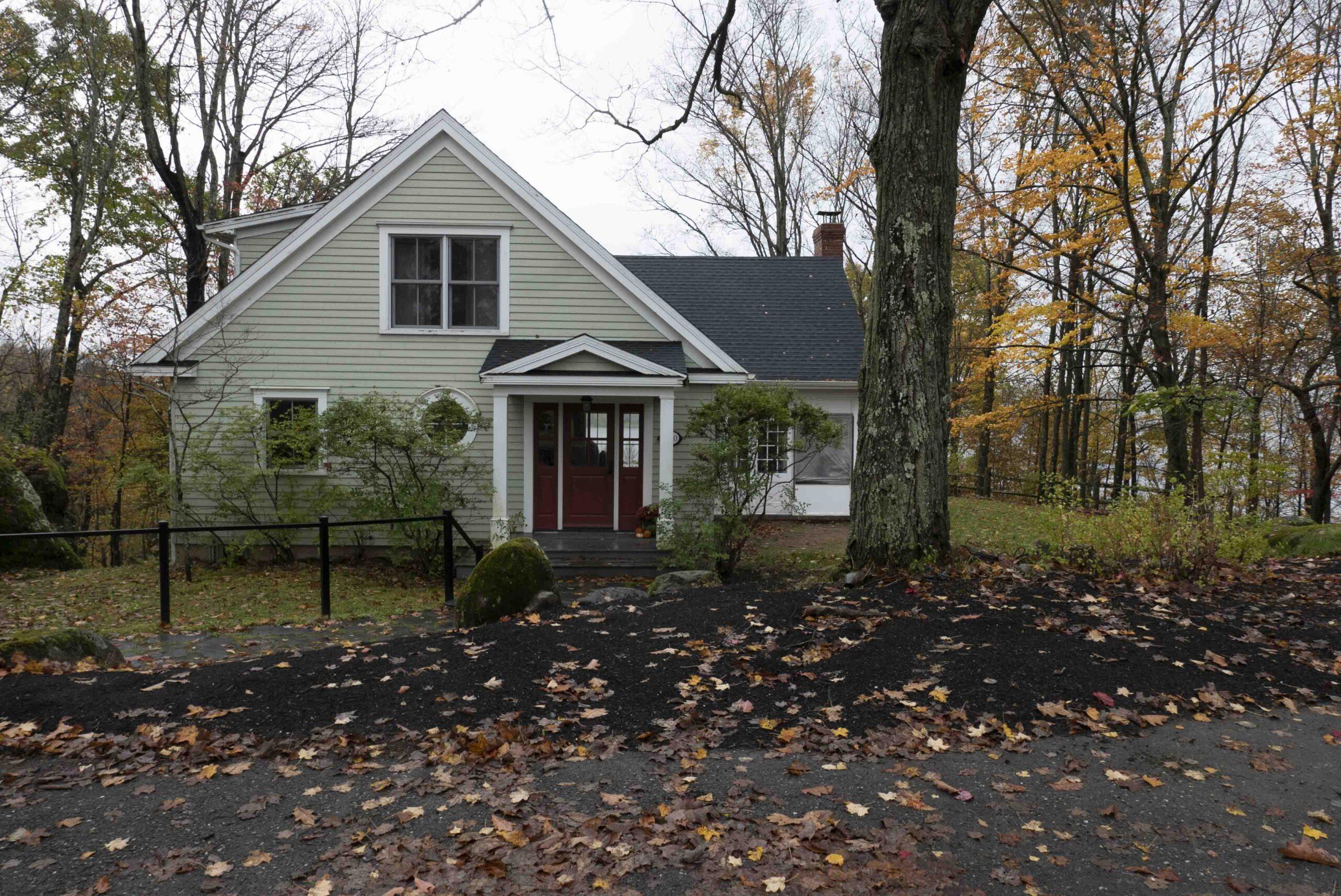I haven’t followed my tree, a linden or basswood (Tilia americana), since August. The reason is simple — in September and October I was travelling during the time when the Tree Following meme (originally hosted by Lucy Corrander of Loose and Leafy and as of this month hosted by Squirrelbasket) was open. But I’m at Glen Villa today, so a post about my tree’s progress since August seems only right.
Photos are the clearest way to chronicle the changes, from the green of late August to the green touched with yellow of mid September.
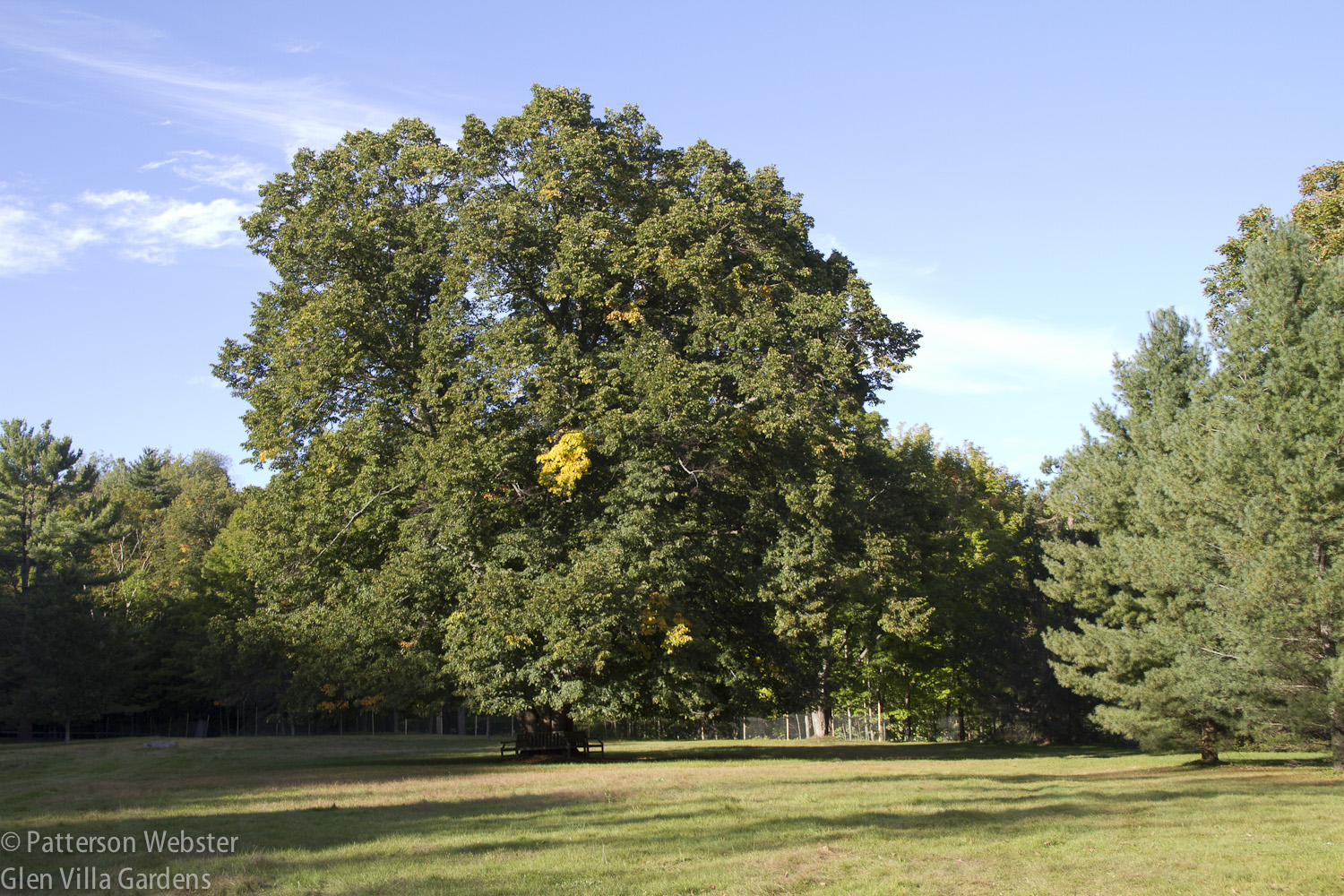
The one touch of yellow makes me think of a trendy young woman who dyes a single lock of her hair an odd colour. Not that yellow is odd…
In those early autumn days, the tree had a nostalgic air about it, as if it were yearning for the long days of summer. Or was it downcast, annoyed by those who were gathering around?
Wild turkeys were rare in our area until a dozen or so years ago. Now they are common, but still intriguing to look at. A close-up shows how prehistoric these birds look — like small dinosaurs with creepy, crêpe-y, jowls and feathery backs that seem as hard as a soldier’s helmet.
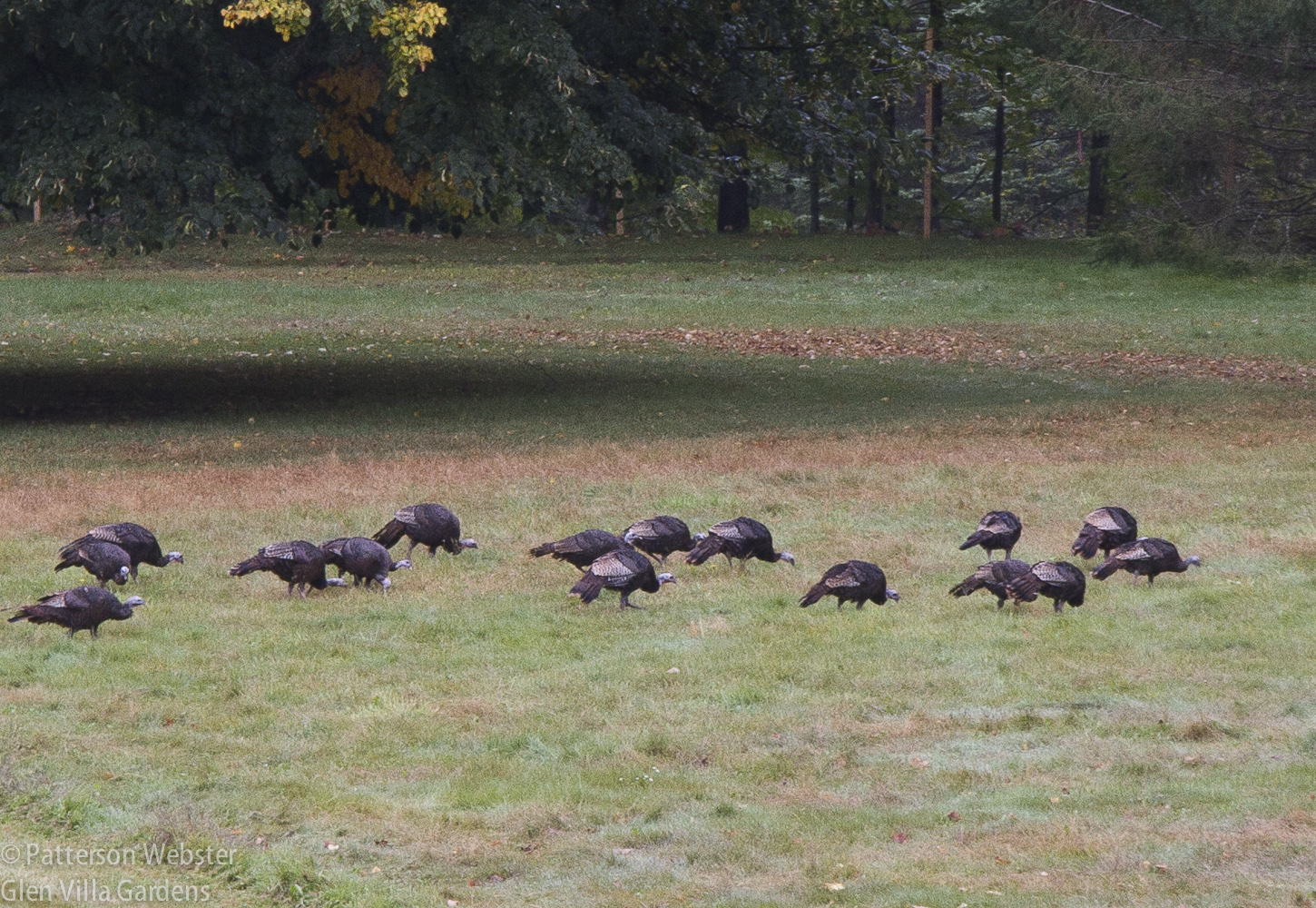
Wild turkeys are said to be tastier than the farm-grown ones available in grocery stores. I’m sure they are although I can’t attest to it, never having tried.
By late September, the tree had turned from green to almost-gold.
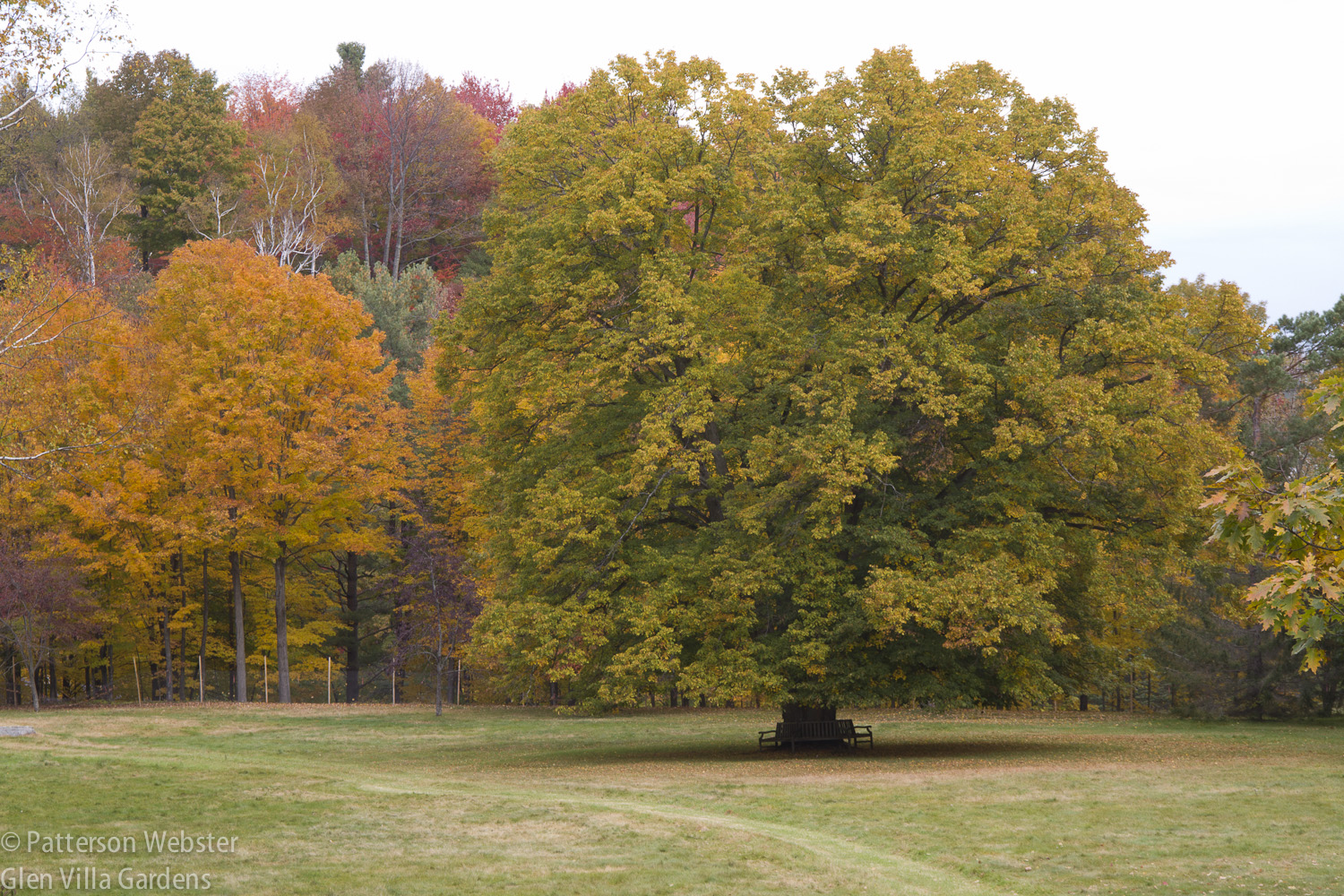
The linden tree’s perfection is its shape. Standing alone at the end of a big sweep of grass, it has power of place.
The peak of autumn colour lasts only a short time and I was away when the linden was at its golden prime. By the time I returned, its colours were starting to fade and leaves to fall.
The linden is bare now, leaving only a pattern of branches against the sky.
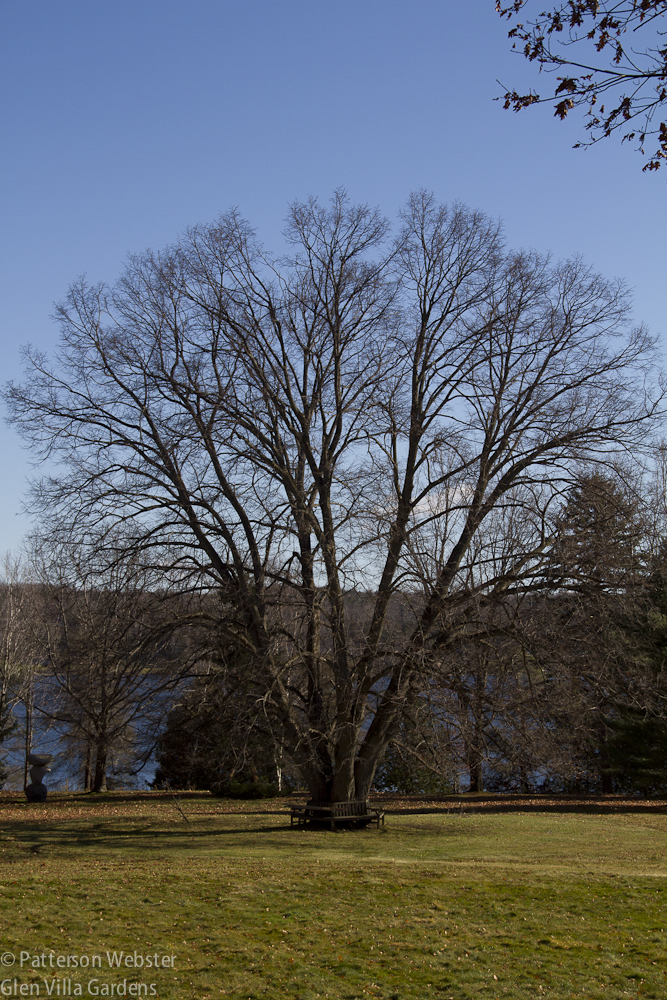
Almost too dark to see is the bench that circles the linden. It was one of the first things we installed at Glen Villa after we acquired the property in 1996.
With only one month remaining in 2015, this will probably be my last post on the linden. But before ending this year’s tree chronicle, let me tell you what I plan for the area around it.
This summer we were plagued by Canada geese. Despite all our efforts — and they were many — the geese came almost daily, and in increasing numbers. They made the big lawn that showcases the linden so beautifully almost impossible to walk on.
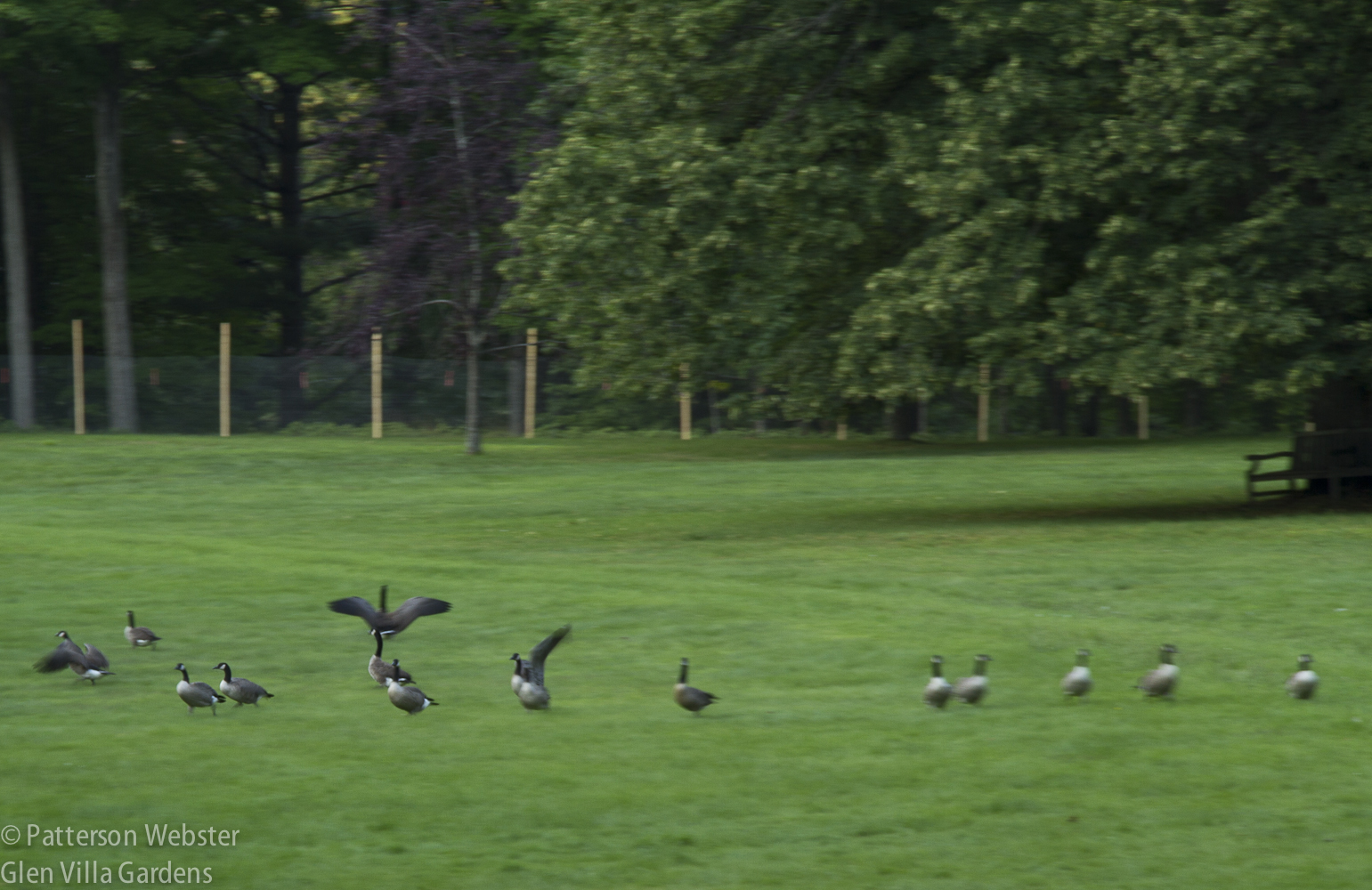
Grandchildren enjoyed chasing the geese away, but the blasted birds returned the moment the grandchildren left. Those posts in the background supported a useless fence. We put it up before the baby geese could fly, thinking that would stop them from coming onto the lawn, but the parents simply led the babies the long way around.
Some research and more personal experience tells me that these geese do not like long grass. So next year, we will begin the process of converting lawn to meadow. To make this conversion look deliberate, and for our own convenience and comfort, we will mow a path that circles the linden and sweeps across the grass towards the house. We may mow other paths as well, to create a series of circles and spirals. In the photo below you can see the beginning of that path, mown sometime in September.
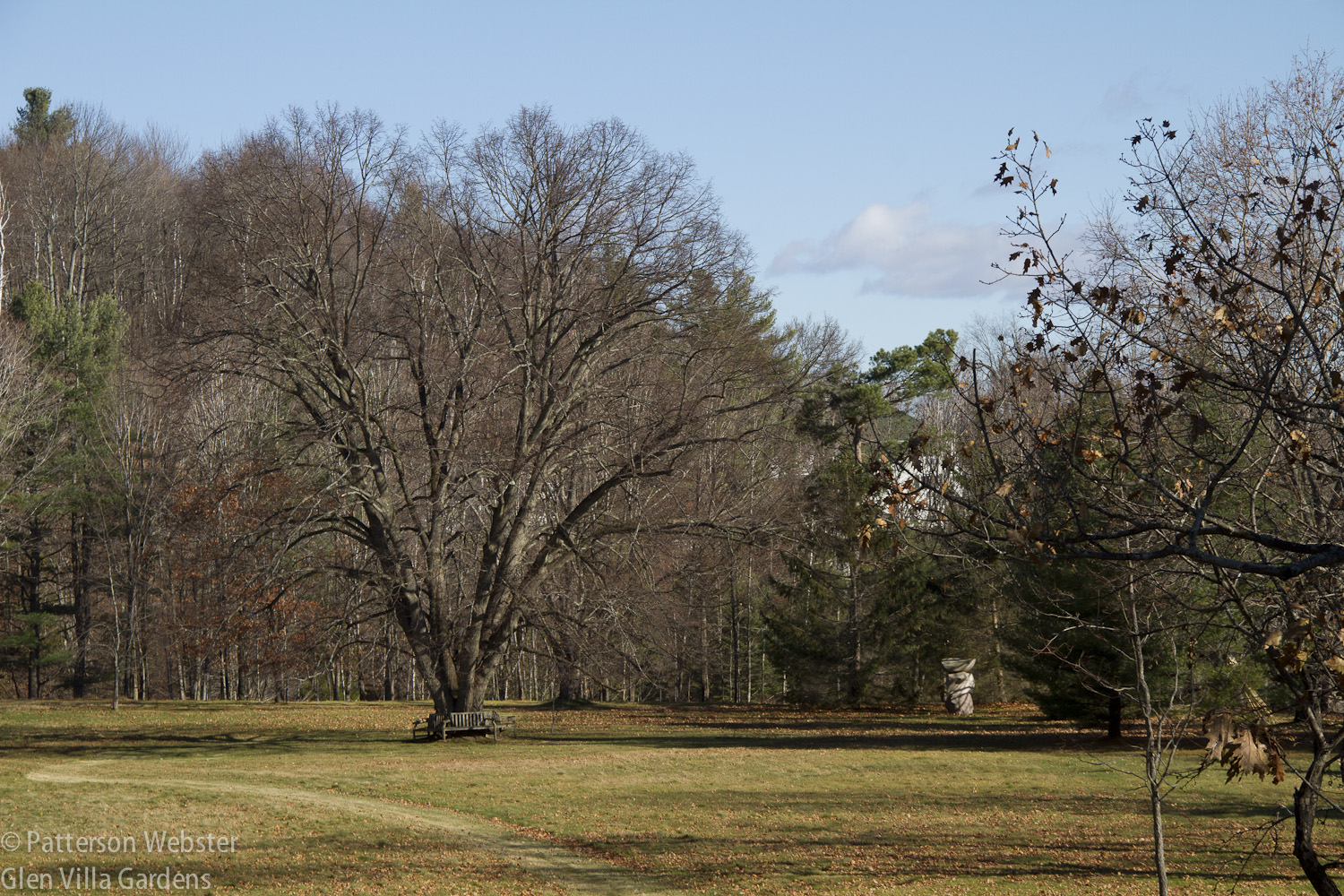
You can see the beginning of the mown path in this photo. It will circle the linden to the width of the branches before spiralling out across the lawn.
I like the pattern that mown strips can make but I worry that the paths will be hidden in the longer grass and that the meadow grasses will detract from the stateliness of the linden tree. I also wonder if we can make this conversion without digging up the whole lawn and starting afresh, something I’d really like to avoid. This winter I’ll be reading everything I can find that deals with this topic. Thankfully, it seems to be a timely one, as more and more people become concerned with biodiversity and more naturalized plantings. I know that a lot of information is available, and I know I will need to learn a lot before I am comfortable with what I’m doing. I also think the conversion will take a couple of years and a certain amount of trial and error.
If anyone has advice on how to proceed or suggestions about books I should consult, please let me know. I welcome your ideas.


